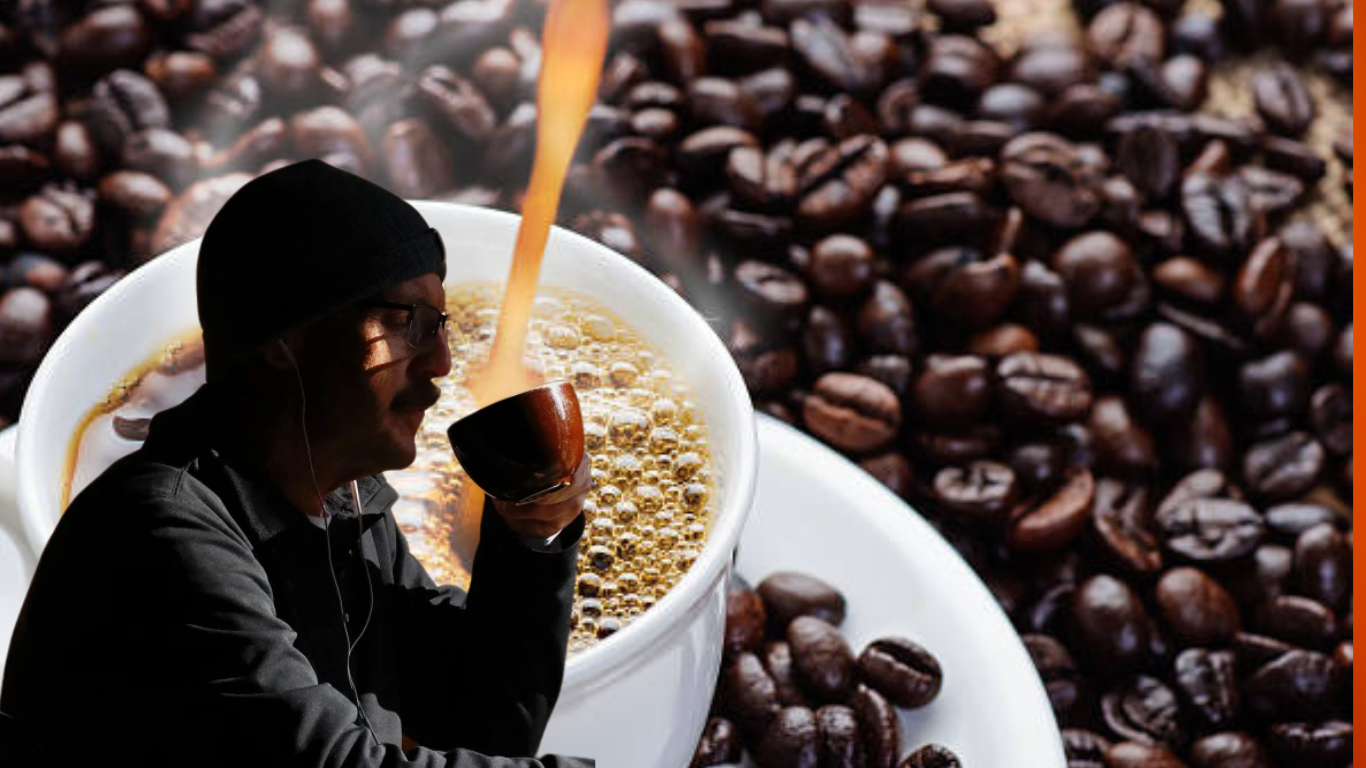A rise in coffee prices around the world is about to reach your mug.

Unstable weather caused by climate change has cut down on coffee bean supplies. Experts in the business say this could soon make people dislike coffee.
Around the breakfast table, there was bad news: your morning coffee might cost more soon.
Last year, the price that sets the world price for arabica coffee more than doubled. Since the beginning of 2025, that increase has been 25%. This is the first time that a pound of arabica costs more than $4 on the trade market.

A recent report from Bank of America said, “Expect retail coffee prices to keep grinding higher,” even though “consumers are showing signs of price fatigue.”
The rise in prices is mostly due to weather trends caused by climate change that have made it hard for farmers all over the world to grow crops. This year, chocolate prices have gone up a lot for the same reason: higher temperatures and more rain have hurt cocoa crops in West Africa.Average temperatures are going up and rainfall patterns are changing in important coffee-growing areas in Southeast Asia, East Africa, and South and Central America. This is making droughts last longer and get worse in some places and making extreme floods happen more often in others.

Brazil has been going through its worst drought in 70 years, which has made it hard to get water and killed crops. After months of drought, Vietnam was hit hard by floods last year during Typhoon Yagi, which brought heavy rain made worse by climate change. These two countries grow the most coffee in the world, making up 56% of all coffee sources.
Climate change threatens coffee plant diseases, reducing farmers’ yields, especially for arabica bean, which accounts for 60% of global coffee production. This is also true for farmers of foreign specialty crops like wasabi and goji berries.
According to Jeffrey Sachs, a sustainable economist at Columbia University, these extreme weather conditions are much more likely to happen as the long-term climate changes. This will lead to lower coffee yields and more ups and downs in coffee supply.

In a note to clients, Bank of America analysts said that coffee prices at stores will likely go up in a “pronounced” way during the first three months of this year. Some people think that big food companies, like J.M. Smucker, which sells coffee under many names, including Folgers, and Keurig Dr. Pepper, which sells Lavazza coffee, will make customers pay more for at least some of it.
Neither company answered when asked for a statement.
Higher coffee prices on trade markets haven’t fully made their way into people’s mugs yet. Federal data released on Wednesday showed that the prices people paid for all kinds of coffee stayed about the same from December to January. However, they went up 3.1% from one year ago to last month, which is a bit higher than inflation as a whole. But the price of instant coffee has been going up. It went up 7.1% last month compared to the same month last year and 4.4% from December to January.

Market analysts at NIQ say that the price of drip coffee has gone up every year since 2021, when it cost $0.12 per cup. At the beginning of this year, they thought that a cup of drip coffee would cost $0.18. The prices of coffee pods like the ones that go into Keurig machines have also been going up. Prices for those have also been going up slowly, from $0.50 a cup in 2021 to $0.55 at the start of 2025.
Starbucks CFO Rachel Ruggeri has expressed minimal impact on coffee prices from one year to the next, attempting to comfort investors about their global price management strategy.
Sachs said that he thinks coffee prices will stay high for a while longer. He also said that climate change will probably hurt food sources even more over the next ten years. He and other climate researchers say that the world needs to cut greenhouse gas emissions much more quickly to stop these risks from getting worse and to put more money into systems that make agriculture more resilient.






